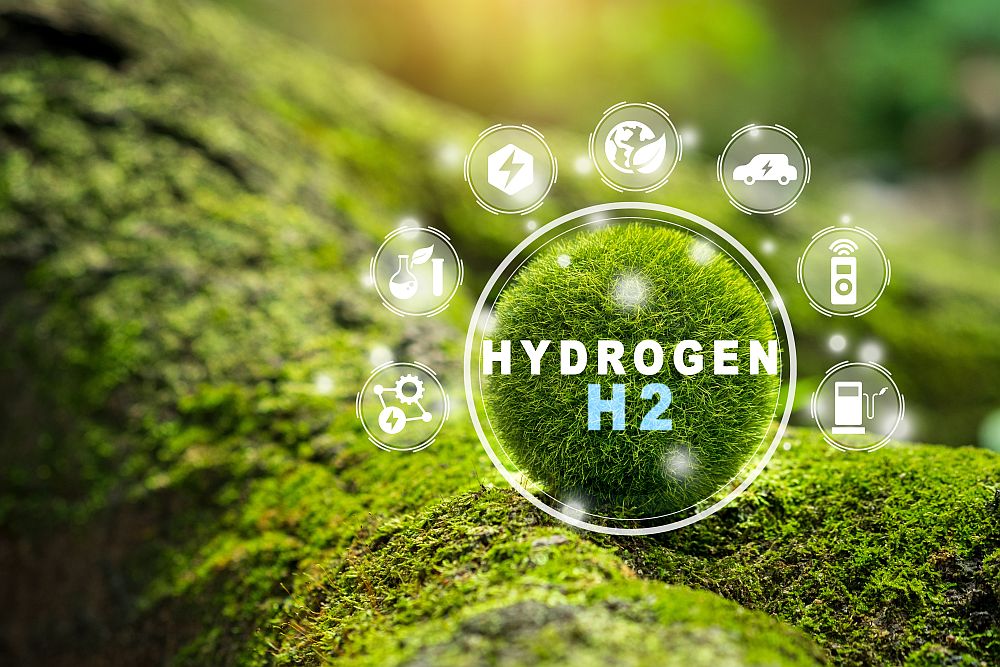
[Image above] The crystal nucleation process in glass is a “black box” for materials scientists, who seek to understand how variables such as glass composition and temperature combine to make glass-ceramics. Credit: Ray Piedra, Pexels
While the meteoric rise of artificial intelligence chatbots like ChatGPT have astonished many with their capabilities, there are also numerous examples of these chatbots saying “crazy and unhinged things,” as Associated Press technology reporter Matt O’Brien can attest.
Yet explaining why chatbots respond in certain ways is something even their creators cannot do. That is because this software, like many other AI-based programs used in financing and criminal justice, are black box algorithms.
Black box algorithms are algorithms with complicated and opaque inner workings such that neither users nor creators can understand how variables are being combined to make predictions.
Companies often argue that black box models are necessary for accuracy, but studies have shown very simple interpretable models usually can be designed for the same tasks. Some government entities have started cracking down on the use of black box algorithms due to the harm that can be caused by the unexplainable results.
Computer scientists are not the only ones dealing with black box systems. Materials scientists also experience black box scenarios in their research, for example, the process for creating glass-ceramics.
Glass-ceramics are inorganic, nonmetallic materials prepared by controlled crystallization of glasses via different processing methods. They contain at least one type of functional crystalline phase and a residual glass.
Though glass-ceramics are widespread in commercial applications, the process by which a crystal nucleates and grows within a glass during heat treatments remains a conceptually ill-understood phenomenon.
In other words, the crystal nucleation process is a “black box” for materials scientists, who seek to understand how variables such as glass composition and temperature combine to make glass-ceramics.
ACerS Fellow Edgar D. Zanotto is one materials scientist working to reveal the secrets of this black box process. Zanotto is senior professor at the Federal University of São Carlos and director of the Center for Research, Technology, and Education in Vitreous Materials (CeRTEV).
Zanotto has authored hundreds of papers on glass crystallization and glass-ceramics, including one highlighted last summer on CTT that clarified the definition and role of nucleating agents within glass-ceramic systems.
Last autumn, he and three colleagues—post-doctoral fellows Henrik Bradtmüller (Federal University of São Carlos) and Anuraag Gaddam (University of São Paulo) and CeRTEV vice-director Hellmut Eckert—added a new paper to this repertoire. The study sheds unprecedented light on the structural changes that take place in a glass during relaxation and crystal nucleation.
Lithium disilicate served as the model glass in this study. Lithium disilicate glass-ceramics are widely used as aesthetic dental materials.
To study the structural changes in lithium disilicate, the researchers developed a novel method that combines atomistic computer simulations with quantitative nuclear magnetic resonance spectroscopy.
Analysis with this method revealed that, upon heating, distribution of the network building blocks (–Si–O–Si–) within lithium disilicate glass stay mostly unchanged. In contrast, the network modifier cations (Li+), which are very mobile within the glass at the annealing temperature, continuously approach a structural configuration that resembles the crystalline state.
“Given enough time, the first tiny crystal nuclei will be born, followed by many more, which will ultimately grow until the whole material is crystallized,” the researchers explain in an email.
These results confirmed a previous hypothesis that Zanotto and colleagues proposed in a 2015 paper, that network modifier arrangements in homogeneously nucleating glasses are closely related to those in respective isochemical crystals.
While this confirmation is exciting, the researchers emphasize that the newly developed NMR strategy itself holds exciting prospects for glass science.
“The NMR strategy we developed combined with computer simulations is generally applicable for many glass types, including optical glasses, bioactive glasses, and ion-conducting glasses containing suitable NMR active nuclear probes, and it is expected to help solve many persisting puzzles around structural relaxation, nucleation, and crystallization processes,” they write in an email.
The paper, published in Acta Materialia, is “Structural rearrangements during sub-Tg relaxation and nucleation in lithium disilicate glass revealed by a solid-state NMR and MD strategy” (DOI: 10.1016/j.actamat.2022.118318).
Author
Lisa McDonald
CTT Categories
- Basic Science
- Glass


